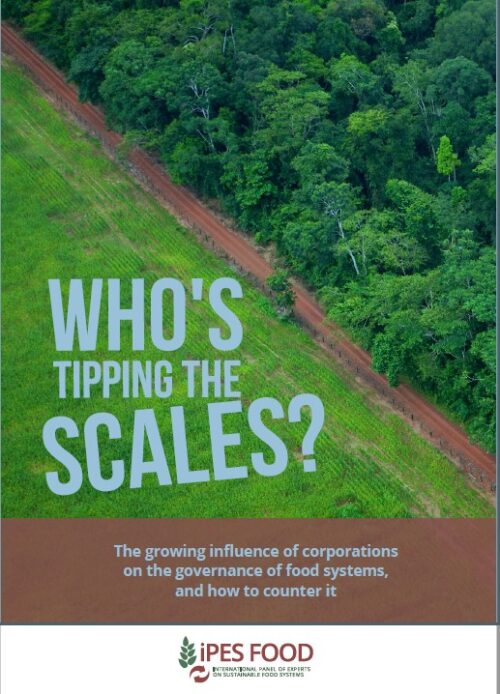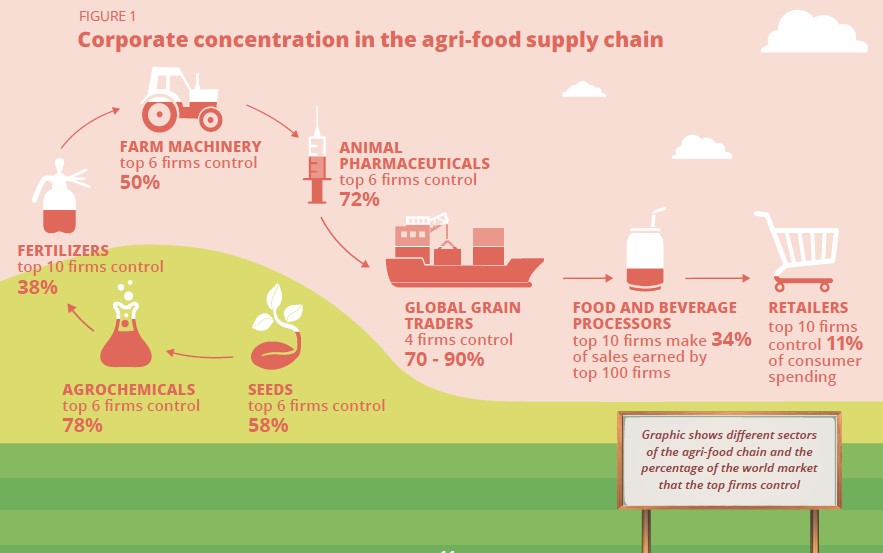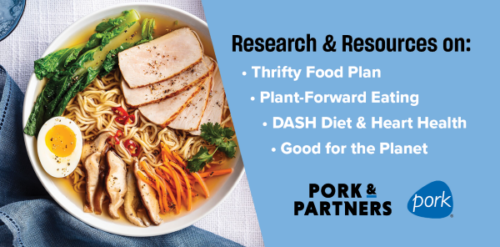Industry-funded study of the week: oxygen nanobubble beverages
Oxygen nanobubbles? Oxygen in little tiny bubbles?
For this gem I am indebted to an item I read in NutraIngredients-Europe:
Oxygen nanobubble drink found to enhance athletic performance, study suggestsA new study finds the consumption of an oxygen nanobubble beverage significantly improves the time-to-completion of maximal and submaximal exercises performed by male cyclists…. Read more
I went right to the article.
The study: A Double-Blind, Randomized, Placebo-Controlled Pilot Study examining an Oxygen Nanobubble Beverage for 16.1-km Time Trial and Repeated Sprint Cycling Performance. Journal of Dietary Supplements. https://doi.org/10.1080/19390211.2023.2203738.
The concept: Athletes need oxygen and water. Therefore, oxygen-supplemented water should improve performance.
The result: As comparied to placebo, Althletes who consumed the oxygen-nanobubble beverage demonstrated significantly improved performance.
The conclusion: “An oxygen-nanobubble beverage improves performance during submaximal and repeated sprint cycling, therefore may provide a practical and effective ergogenic aid for competitive cyclists.”
Guess who funded this: “This study was funded by Avrox Technologies Ltd, Harrogate, North Yorkshire, HG3 3SZ. Avrox Technologies provided the experimental beverages but had no role in study design, data storage, analysis and interpretation.
I wondered what the placebo was and whether study subjects could distinguish the drinks. The beverages:
were supplied by Avrox Technologies in 500 mL individually sealed bottles and consisted of the same solution containing water, glycerol, glycyrrhizin, lecithin and citric acid. Both beverages have similar organoleptic properties, including taste, aroma, and texture. Previous investigations have indicated that the oxygen nanobubble drink consists of a suspension of lecithin vesicles with a modal diameter of ∼100 nm and concentration 7 × 1012 particles/ml.
The authors deal with my question in their discussion of the study’s limitations:
we did not evaluate the success of our double-blind design, therefore, changes in performance might be somewhat attributed to participants’ expectancy of positive outcomes from their belief that they successfully identified the O2 beverage…Whilst there were no notable differences in taste, texture or appearance of the O2 and PLA [not spelled out in the study but must refer to the placebo] beverages, we should have assessed blinding via treatment allocation questionnaires to determine whether participant biases influenced results.
Yes, you should have.
I also wonder whether club soda or Pellegrino might have the same benefit? Or giving water a good shake?






